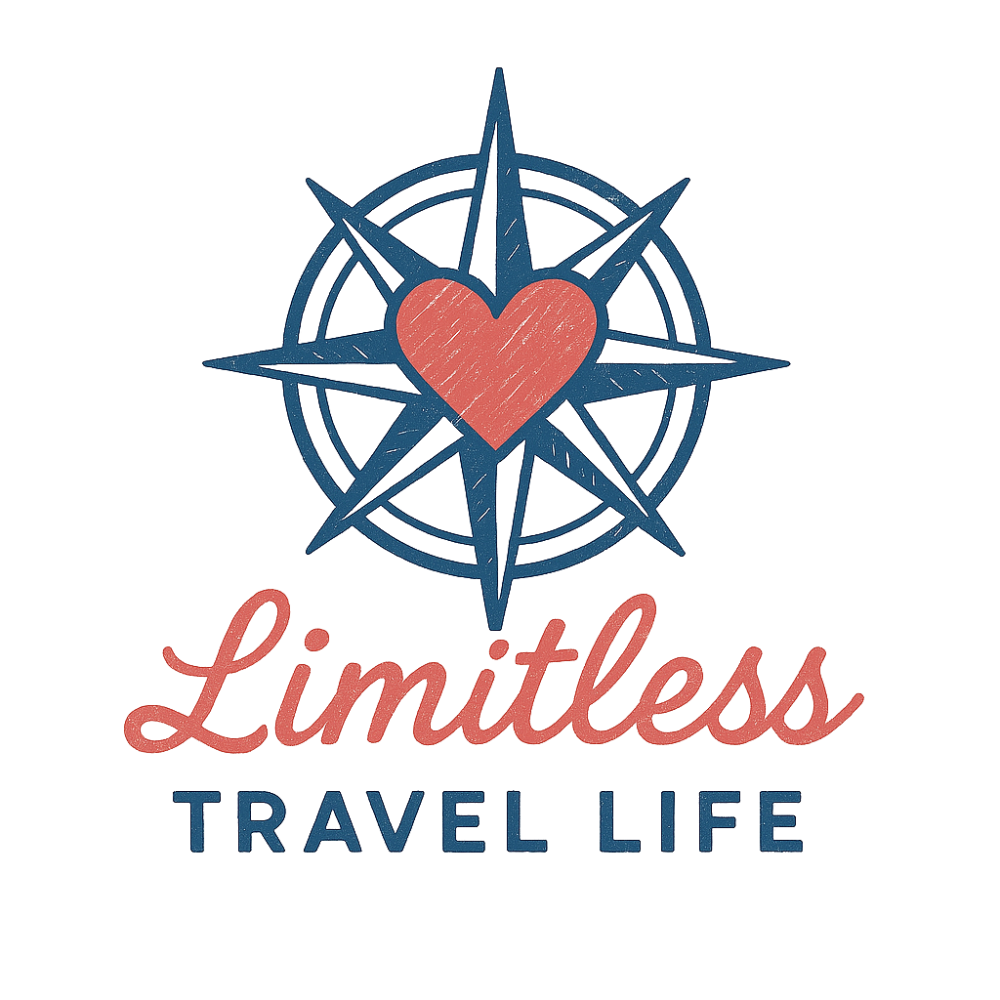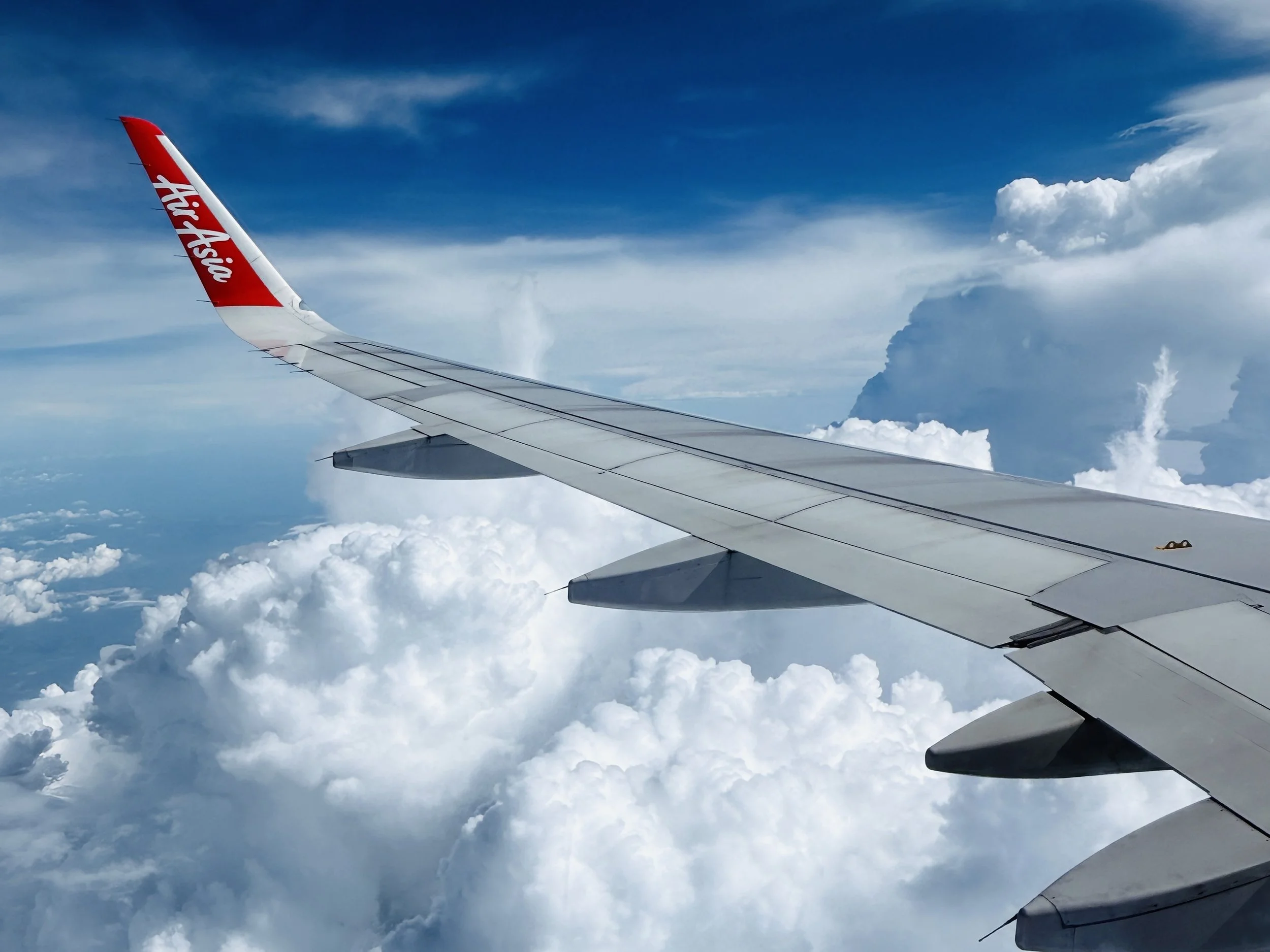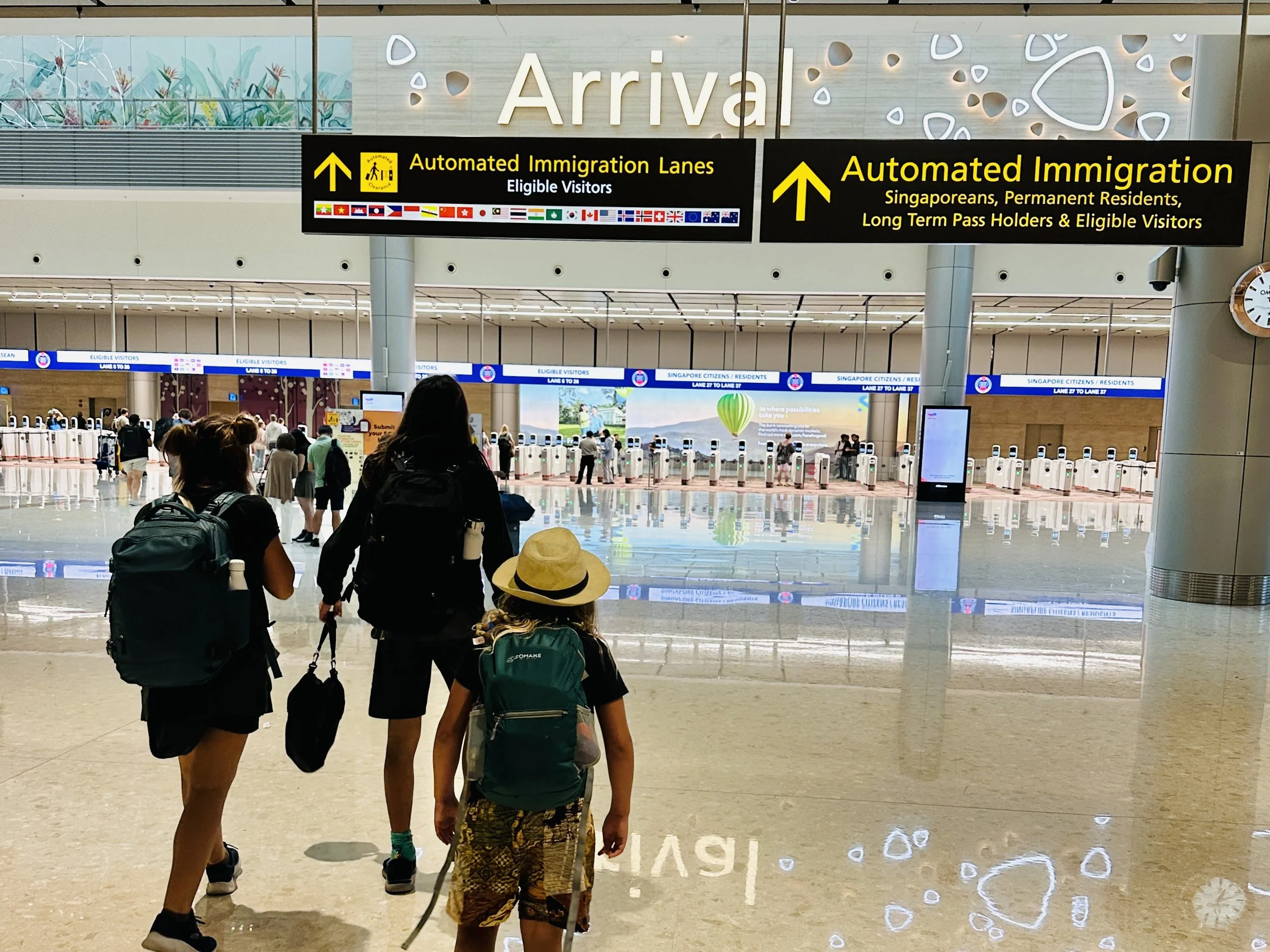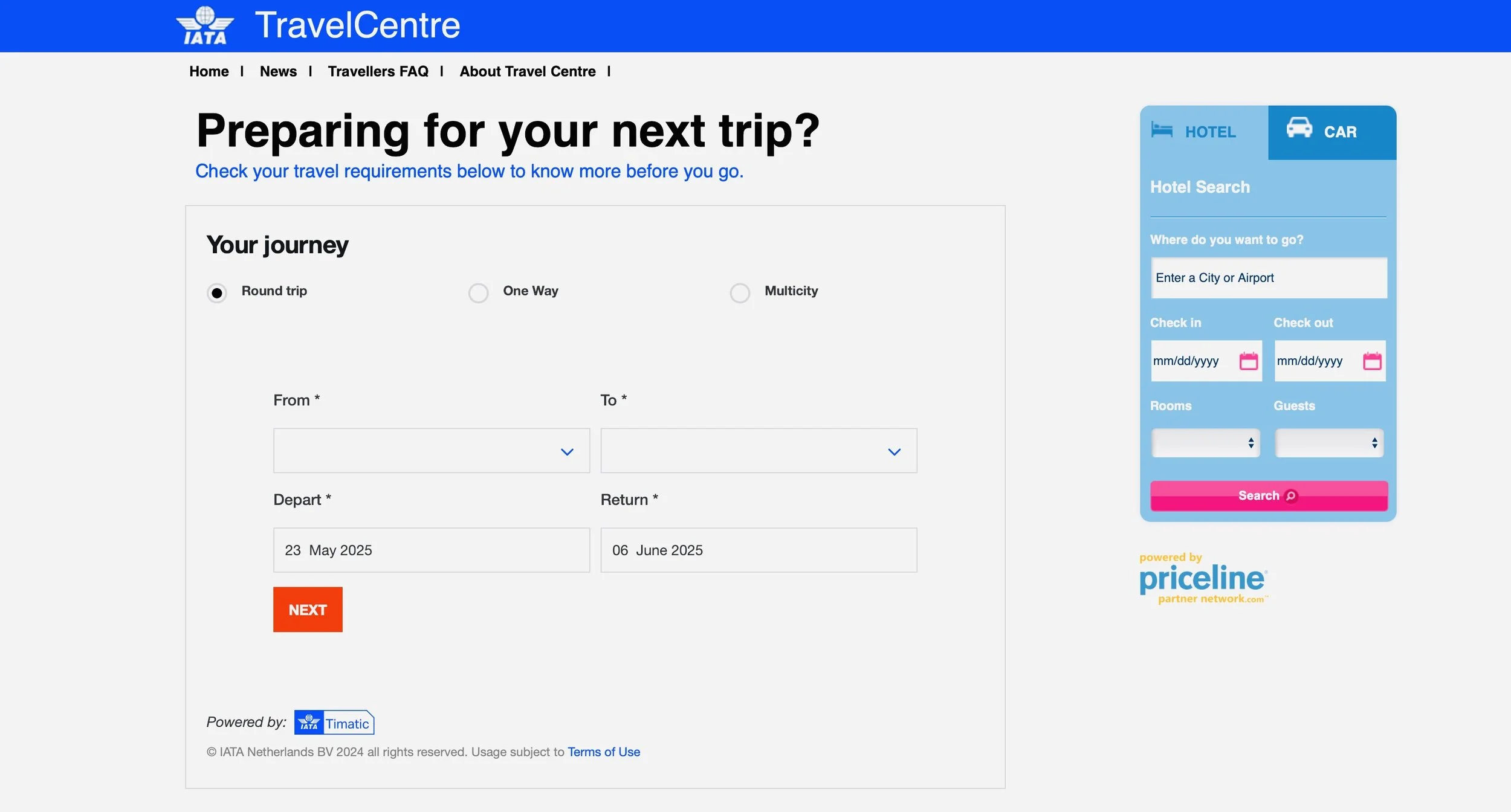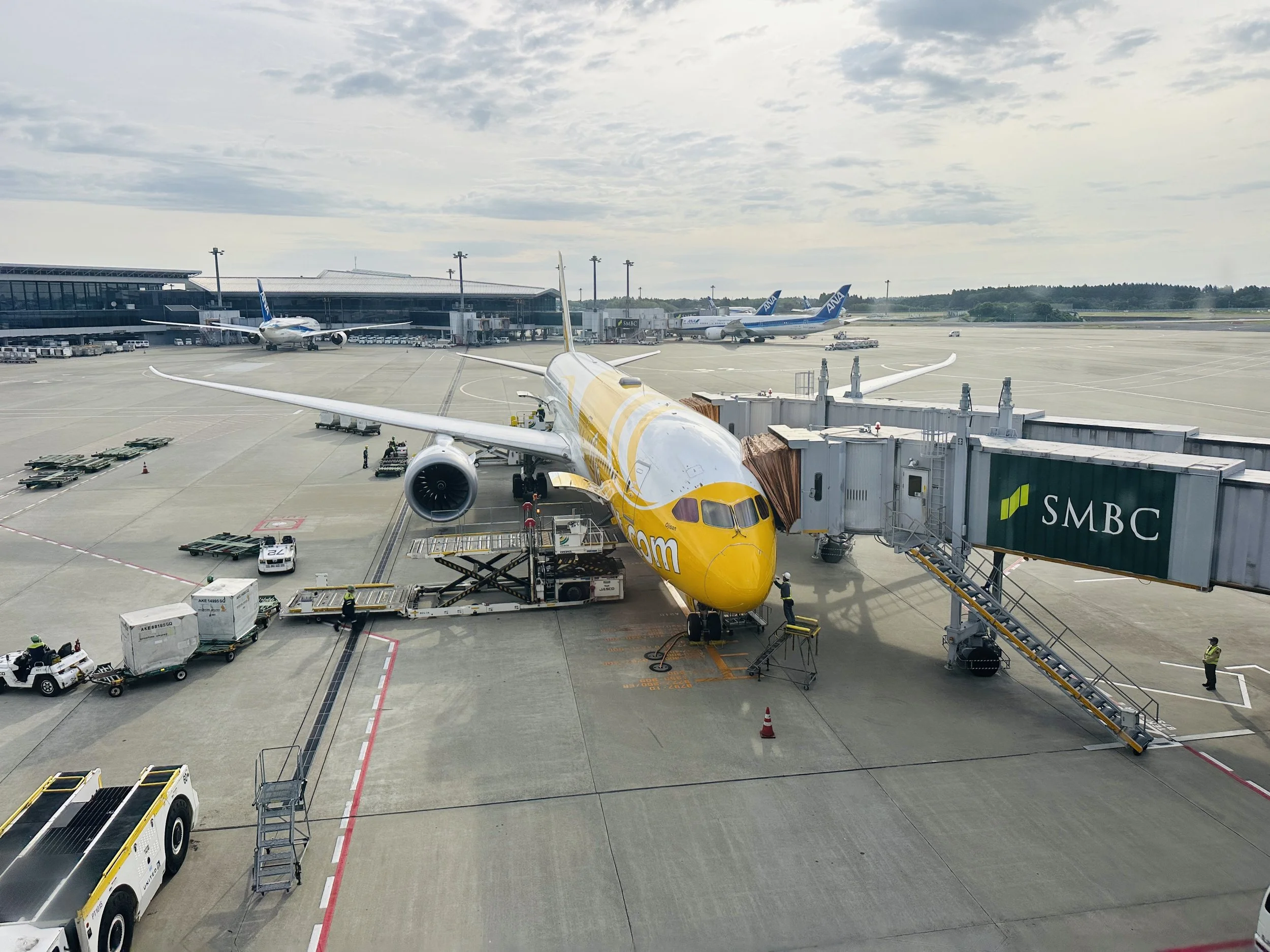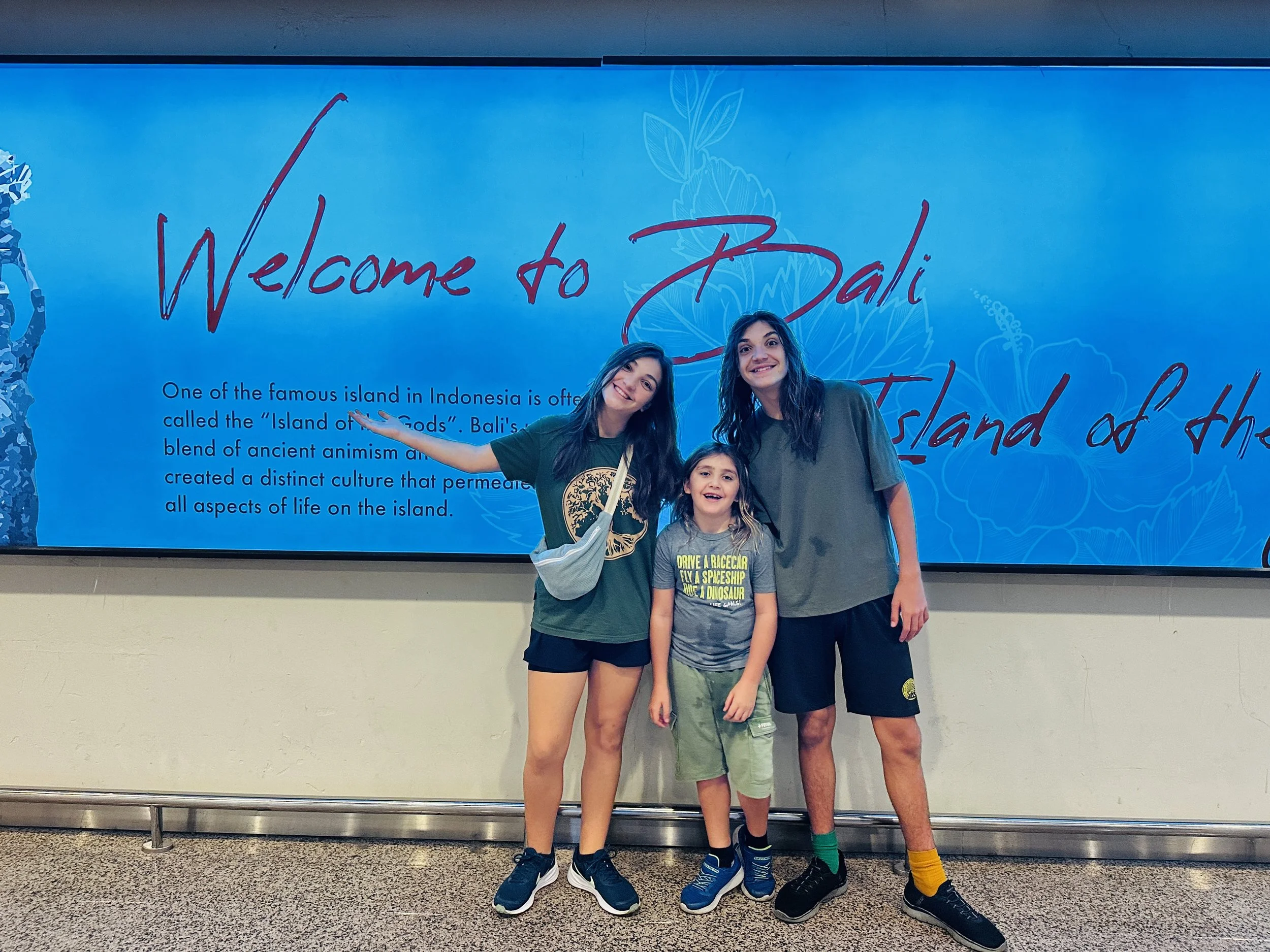Everything You Need to Know About Travel Visas (Before You Book That Flight!)
If you're anything like us, a family that has been hopping around the globe since 2018, you've learned that you should never book a trip without checking visa requirements first. It's not the most exciting part of travel planning, but it might be the most crucial.
Visas are one of those things you don't think about until they become a problem.
In this guide, we'll walk you through the different types of visas, where to find the most accurate info, and how to make the application process as smooth as possible. Whether you're a solo backpacker, a traveling family, or a digital nomad, understanding visas is key to keeping your adventure stress-free. Why Checking Visa Requirements Should Be Step #1
Imagine booking flights, accommodations, and activities for your dream destination only to find out at the airport that you can't board because you don't have the proper visa. It happens. More often than you'd think!
Here's why you should always check visa requirements before booking anything:
Avoid unexpected expenses: Emergency visa processing (if even possible) can be costly.
Different rules for different passports: Two travelers going to the same country might need completely different documentation.
Denied entry or boarding: Airlines can and will stop you from boarding without proper entry clearance.
We've seen families in tears at the airport. And we've also had close calls ourselves. Now, it's the very first thing we check when considering a destination.
The Main Types of Travel Visas
Visas are a country's permission to enter, stay, or pass through its territory. But not all visas are the same. Here are the most common ones you might encounter:
1. Tourist Visa
This is the most popular visa type for leisure travel. It allows short stays between 15 and 90 days for sightseeing, visiting friends/family, or relaxing. Some countries require you to apply in advance, while others offer Visa on Arrival or e-Visas.
2. Business Visa
This type is for work-related visits like attending meetings, conferences, or negotiations. It doesn't allow you to work in the country per se, but it covers professional activities that don't involve direct employment.
3. Transit Visa
A transit visa may be required if you're passing through a country en route to another destination and your layover exceeds a specific duration. For example, China and Russia often require transit visas, even if you're not leaving the airport.
4. Student Visa
Planning to enroll in a school or university abroad? You'll need a student visa. These often involve more documentation, like an acceptance letter, proof of financial support, and medical clearance.
5. Work Visa
A work visa is essential if you've secured employment in another country. These vary wildly in duration and requirements, usually involving employer sponsorship.
6. Digital Nomad Visa
This is a relatively new category gaining popularity. Countries like Portugal, Estonia, and Indonesia now offer long-stay visas for remote workers. They usually require proof of income, health insurance, and sometimes tax commitments.
7. Visa on Arrival & e-Visas
Some countries allow travelers to apply and pay for a visa after arrival at the airport. Others offer e-visas, which are completed online before you travel. Both are easier than traditional visas but are not "automatic," so you must check the requirements beforehand.
Where to Find Visa Information
You don't want to risk getting outdated or incorrect information regarding visas. Here's where to look:
✅ Official Government Websites
Always start with the official immigration or consulate page of the country you're visiting. These sites list entry requirements by nationality and often provide step-by-step instructions.
✅ Embassies & Consulates
If you're unsure or dealing with a complicated case (extended stay, unusual passport, etc.), contact the embassy or consulate directly. They are the best authority for up-to-date information.
✅ IATA Travel Centre / Timatic Database
Airlines use the Timatic database to determine whether travelers can board based on their documents. You can access a version of this database through IATA's free TravelCentre.
⚠️ Avoid Relying Solely on Blogs or Forums
Travel blogs (even ours!) can be helpful for personal experiences but never rely on them as your only source. Rules change, and what worked for someone last year may no longer apply.
How to Apply for a Visa: Step-by-Step
Visa applications can range from simple (5-minute online form) to highly complex (interviews, fingerprints, bank statements). Here's a basic roadmap:
Determine the visa type you need
Visit the official website of the country's immigration or consular office
Gather required documents such as:
Passport (with at least 6 months validity)
Passport-sized photos
Flight and hotel bookings or invitation letters
Proof of funds
Travel Insurance
Fill out the application
Pay the fee
Schedule an appointment (if required)
Wait for processing
Tip: Make a folder (both digital and physical) to store your visa-related documents for easy access.
What Happens If You Overstay Your Visa?
Overstaying a visa by a day or a month can lead to serious consequences, varying wildly by country. Some travelers assume it's "no big deal," especially if they're only over by a short time. But that's a risky assumption.
Here are the potential consequences of overstaying your visa:
🛑 Fines
Most countries charge a daily or flat fine if you overstay. For example:
Thailand: 500 baht per day (up to 20,000 baht max)
Indonesia: 1 million rupiah per day
Schengen Area: Country-dependent, often combined with penalties or warnings. It varies widely by country. Here's a general idea:
France: Fines can range from €200–€300 ($215–USD 325)
Germany: Often a warning for a short overstay, but fines can go
up to €1,000 (USD 1,080) in more serious cases
Italy/Spain: Similar range, typically €200–€500 ($215–$540
USD)
🧳 Deportation
You may be detained and deported if authorities catch you during a routine check, airport exit, or hotel registration. Deportation records are serious and can impact future travel.
❌ Travel Bans or Blacklisting
Some countries impose entry bans (from 6 months to 10 years) if you overstay:
The United Arab Emirates and India are known for enforcing bans.
Schengen Zone: A flag on your record can prevent re-entry into any of the 27 Schengen countries.
📉 Impact on Future Visa Applications
When you apply for a visa in the future, many countries ask if you've ever overstayed a visa. If your passport is flagged in their immigration database, it could result in:
Denied applications
Longer processing times
Stricter documentation requirements
⚖️ Legal Proceedings
In rare but severe cases, overstaying can lead to legal charges, especially if combined with working illegally, false documentation, or repeated offenses.
What to Do If You Accidentally Overstay
Life happens. Maybe you miscounted days, got sick, or had a flight canceled. If you realize you've overstayed (or are about to):
Contact immigration: Visit a local immigration office and explain your situation. Voluntary disclosure often leads to leniency.
Be honest: Never lie to authorities about your stay or intentions.
Pay any fines: Settle your dues immediately and ask for official proof that you've done so.
Get permission to leave: In some countries, you'll need an exit visa or clearance to depart without further penalties.
The bottom line is to respect visa limits as strictly as flight times. It's not just about the current trip; it's about protecting your ability to travel freely in the future.
Tips to Make the Process Smoother
Here's our go-to checklist to avoid stress:
✅ Start early. Some visas take weeks to process.
✅ Check return ticket requirements. Some countries won't let you in without proof of onward travel.
✅ Verify passport expiration. Must often be valid for 6+ months beyond your stay.
✅ Print documents. Many immigration officers still want paper copies.
✅ Stay updated. Rules change frequently.
❌ Avoid scams. Stick to official websites or trusted third-party services.
Special Notes for Families and Frequent Travelers
✈️ Traveling with Kids
Bring birth certificates or notarized consent letters when one parent travels solo.
Make sure accommodation and tickets include all names.
🔁 Multiple-Entry or Long-Term Visas
It's ideal if you're bouncing between countries or staying in a region for a while.
💼 Visa Services
Agencies help simplify the process but always verify they are legit.
Final Thoughts: Stay Flexible, Stay Informed
Visa rules are one of the most dynamic aspects of travel. They change based on politics, global health events, and international relations.
You might have visited a country visa-free country last year and suddenly found new rules in place this year. Always double-check, even for familiar destinations.
Here are some tools we use to stay in the loop:
Embassy alert subscriptions
Reddit and Facebook expat groups
Smart Traveler Enrollment Program (STEP) for U.S. citizens
Mobile apps like Sherpa, Atlys, or Passport Index
Bonus: Countries with Easiest Entry for Most Passports (As of 2025)
Looking for stress-free destinations? These countries generally offer visa-free or e-visa access to many nationalities:
Thailand
Indonesia
Mexico
Georgia
Turkey
Colombia
Portugal
Kenya
Always confirm based on your specific nationality.
Visas might not be glamorous, but they're essential. With some prep, you can avoid unnecessary stress, fines, or missing out on your travel adventure altogether. A few clicks today can save you a world of trouble tomorrow.
Do you have a visa story or resource to share? Comment below or message us; we're all learning together.
